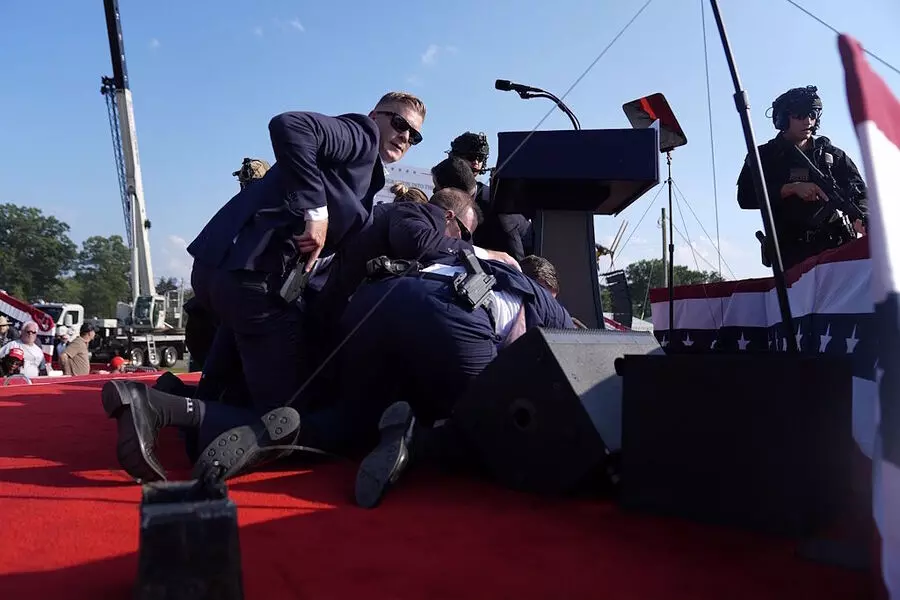Republican presidential candidate former President Donald Trump was surrounded by U.S. Secret Service agents during a campaign rally on Saturday, July 13, 2024, in Butler, Pennsylvania. The incident occurred when a bullet came within inches of killing Trump, killed a bystander, and injured at least two others. While Trump and his family members credited the Secret Service for their safety, there are concerns about the agency’s performance, particularly after past incidents of fence-jumping and other security lapses during the Obama administration.
The FBI has taken over the investigation into the attempted assassination against Trump. Special agents from the Pittsburgh Field Office responded “immediately” after the shooting, according to an FBI statement. The FBI will continue to support this investigation with full resources alongside the U.S. Secret Service and state and local enforcement.
There are ongoing questions about the recruitment, vetting, training, and morale at the agency, as well as concerns over its Diversity, Equity, and Inclusion (DEI) policies. The House Homeland Security Committee’s ranking Democrat, Rep. Bennie Thompson, introduced a bill earlier this year that would have denied Secret Service protection to Trump if he were convicted of a felony. However, the measure never gained traction in the GOP-controlled House.
The Secret Service lost some of its former respect after a string of fence-jumping incidents and other security lapses during the Obama administration. At the beginning of the Trump administration, a senior special agent in the Secret Service came under fire for suggesting in a Facebook post that she wouldn’t “take a bullet” for Trump. Kerry O’Grady, the former agent in question, was placed on administrative leave but was allowed to retire with full benefits and her security clearance intact.
In 2021, Secret Service Director Kim Cheatle signed onto a new initiative to increase the number of women in the Secret Service workforce as part of the 30×30 initiative, an effort to increase the representation of women in all ranks of policing across the country to 30% of the workforce by 2030.

